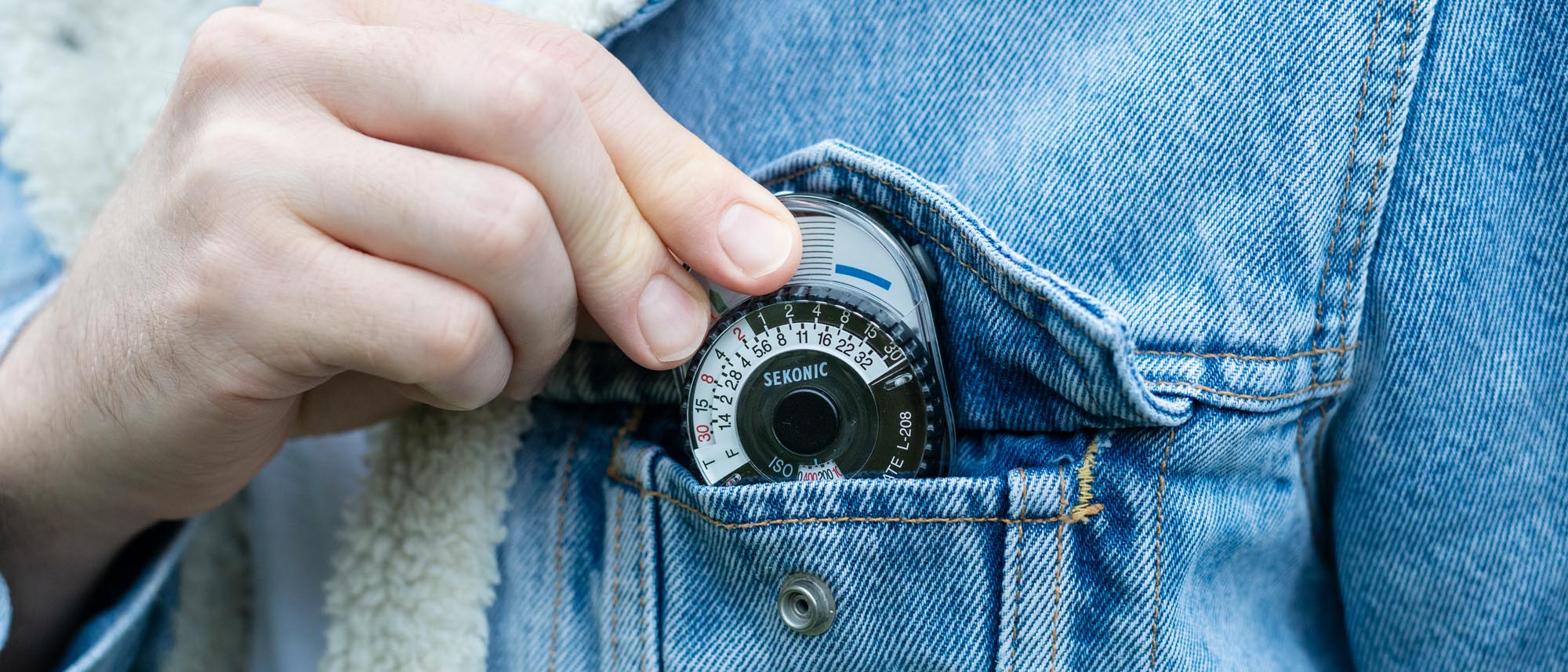
We all know the resurgence of film photography has caused a rise in the popularity of retro cameras, lenses and film stock, but suddenly the best light meters – like the Sekonic Twinmate L-208 – are back in vogue, too. This is largely because some of the best film cameras don’t have built-in light meters at all and aging SLRs with built-in light meters can be notoriously unreliable.
The Sekonic Twinmate L-208 is about as simple as a light meter can get. It’s a pocketable, stripped-back device that doesn’t meter flash, and can only be used for incident and reflected ambient lighting. It easily fits in the palm of the hand and is so light, you’ll hardly notice you’re carrying it.
Its retro design means it’ll pair especially well with a vintage camera, too. The question is, how easy is it to use and how accurate are its readings? Let’s find out…
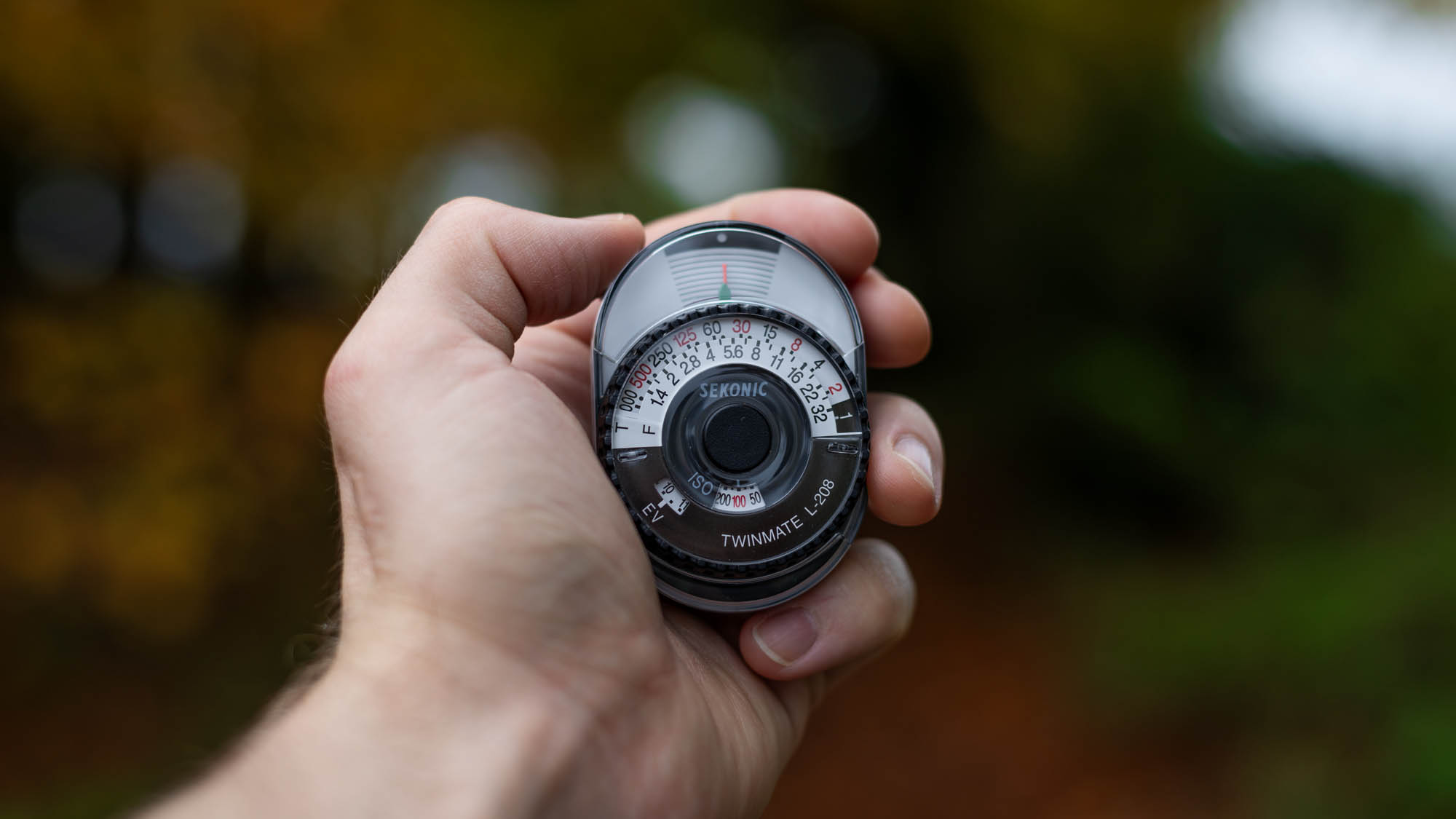
Sekonic Twinmate L-208 light meter: Specifications
Sekonic Twinmate L-208 light meter: Price
The Sekonic Twinmate L-208 light meter is priced at $139 / £134.95, making it the cheapest light meter in the current Sekonic range. You can find cheaper light meters, such as the TTArtisan Light Meter II, but wait for sale prices and you can pick up the Sekonic Twinmate L-208 with a decent amount off the RRP.
Compared to other Sekonic offerings, the Sekonic Studio Deluxe III Meter ($239 / £234.95) and Sekonic Flashmate L-308X Light Meter ($239 / £243.95) are next in the pricing pecking order. While they boast additional useful features that will cater better to serious enthusiasts or professionals, the Sekonic Twinmate L-208 reigns supreme when it comes to its simplicity and pocketability.
Sekonic Twinmate L-208 light meter: Design & Handling
Inside the box, you’ll find the Sekonic Twinmate L-208 light meter itself, a drawstring pouch, strap, shoe mounting plate, screws, and an o-ring. The light meter is powered via a single CR2032 battery, sold separately. Handily, the battery compartment features a groove that can be unscrewed using a flat object such as a coin or key.
The device is so small, it can comfortably fit in the palm of the hand and slip into a trouser pocket. It weighs just 0.1lbs / 40g so you’ll hardly know it’s there. The shoe mounting plate allows you to mount the Sekonic Twinmate L-208 atop a camera hot shoe. The mounting plate can be screwed onto the light meter in three positions to accommodate different cameras. While there’s only one screw, nibs on the mount slot into a series of grooves, which keeps it nice and secure.
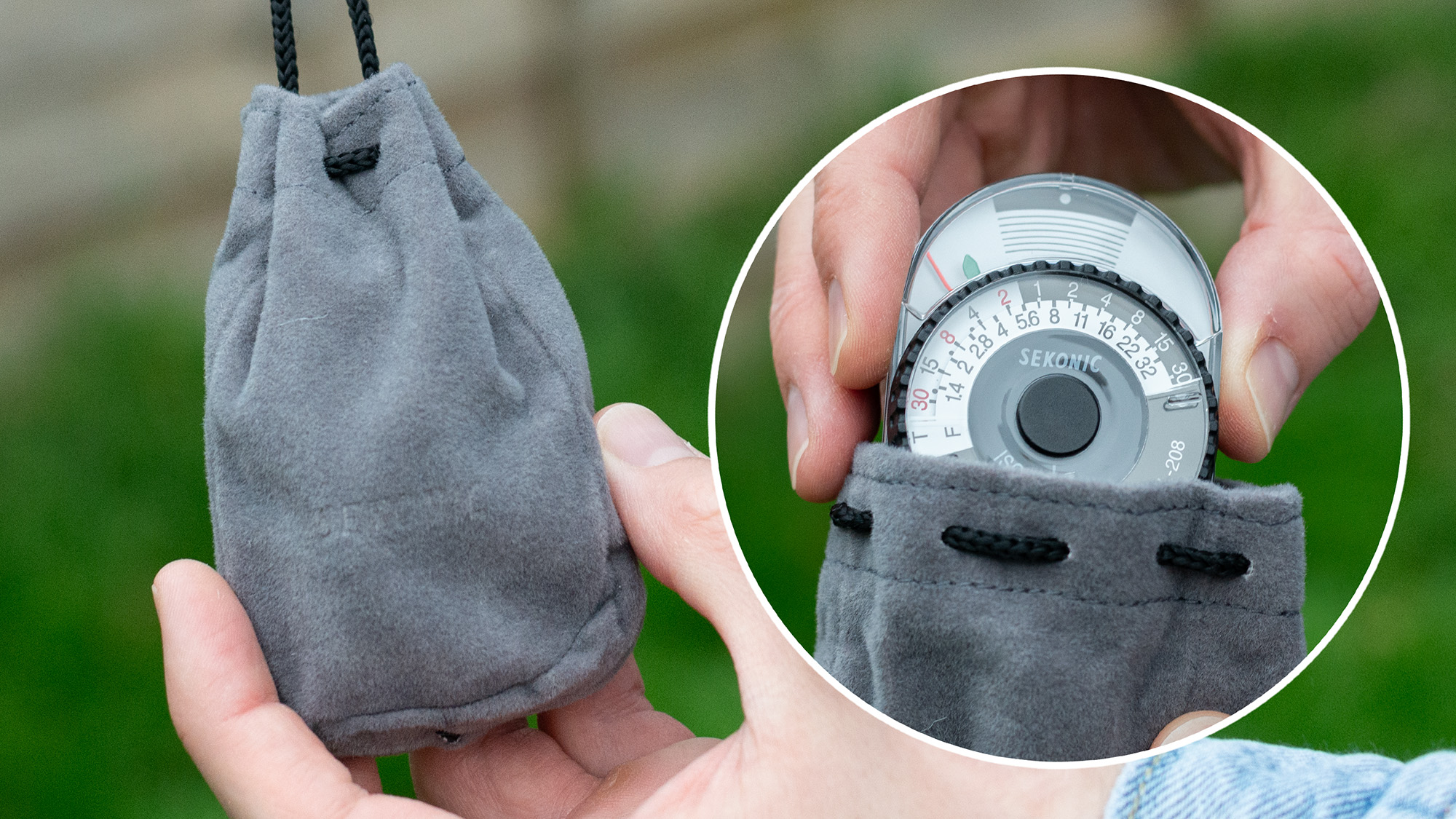
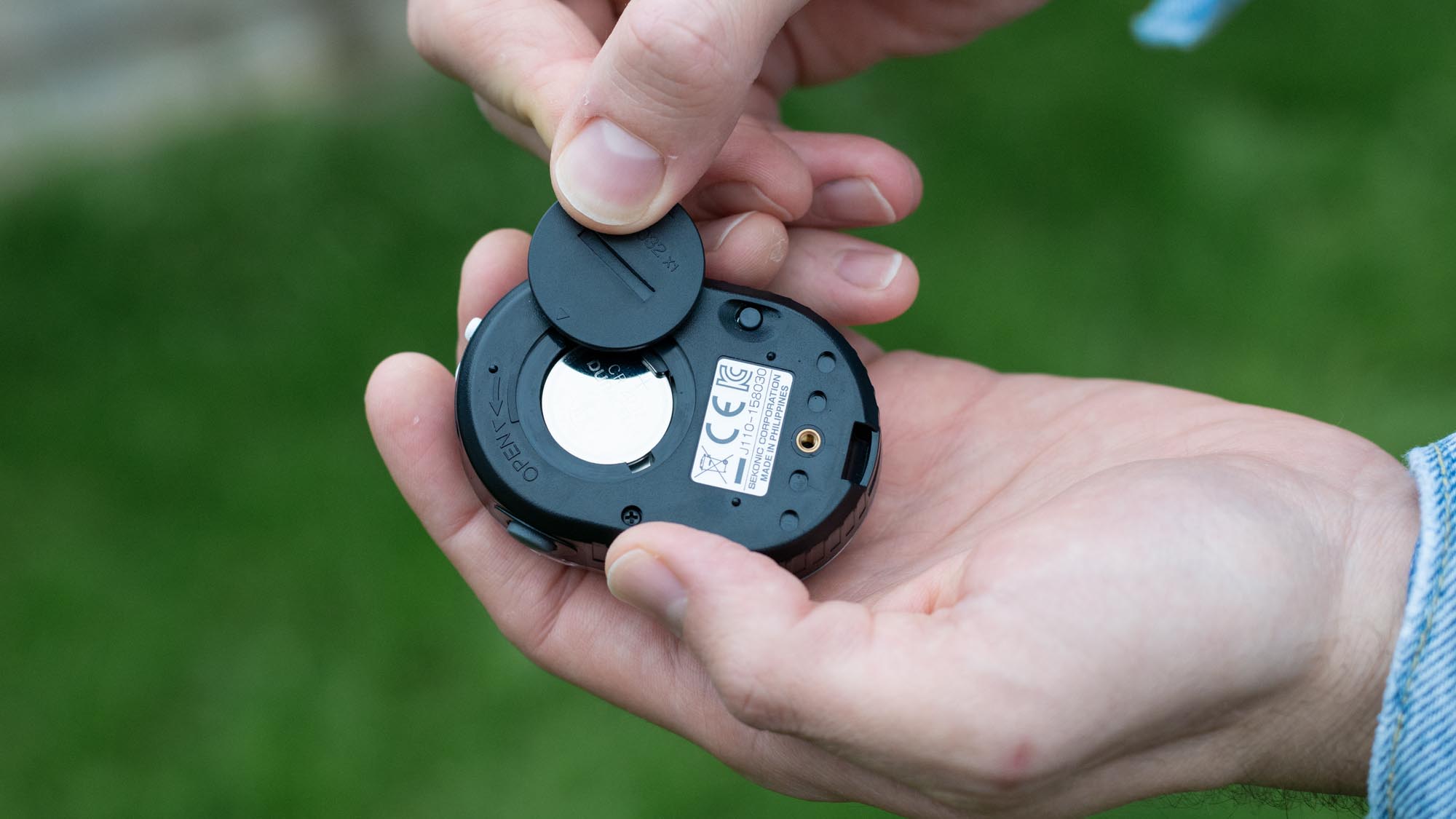
The Sekonic Twinmate L-208 pairs well with a film camera, thanks to its retro-inspired look. But pick the light meter up and its featherweight, plasticky build ruins the retro vibe. For a device that costs $139 / £134.95, a partially metal case doesn’t seem like too much to ask.
Operating the Sekonic Twinmate L-208 is extremely simple. There are only five controls: a gray button on the back for checking the battery capacity. A gray button on the right side for measuring incident/reflected light. A lumisphere on top, which can be shifted to one side to reveal the light-receiving element. And two rotating dials on the front: one to select the shutter speed and one to set the ISO.
The rotating dials don't click, the outside dial rotates smoothly with no problems, but although the inner dial is designed to rotate independently, it will sometimes shift the outer dial along with it. Fortunately, you set your ISO first, making this a minor annoyance as opposed to a real frustration.
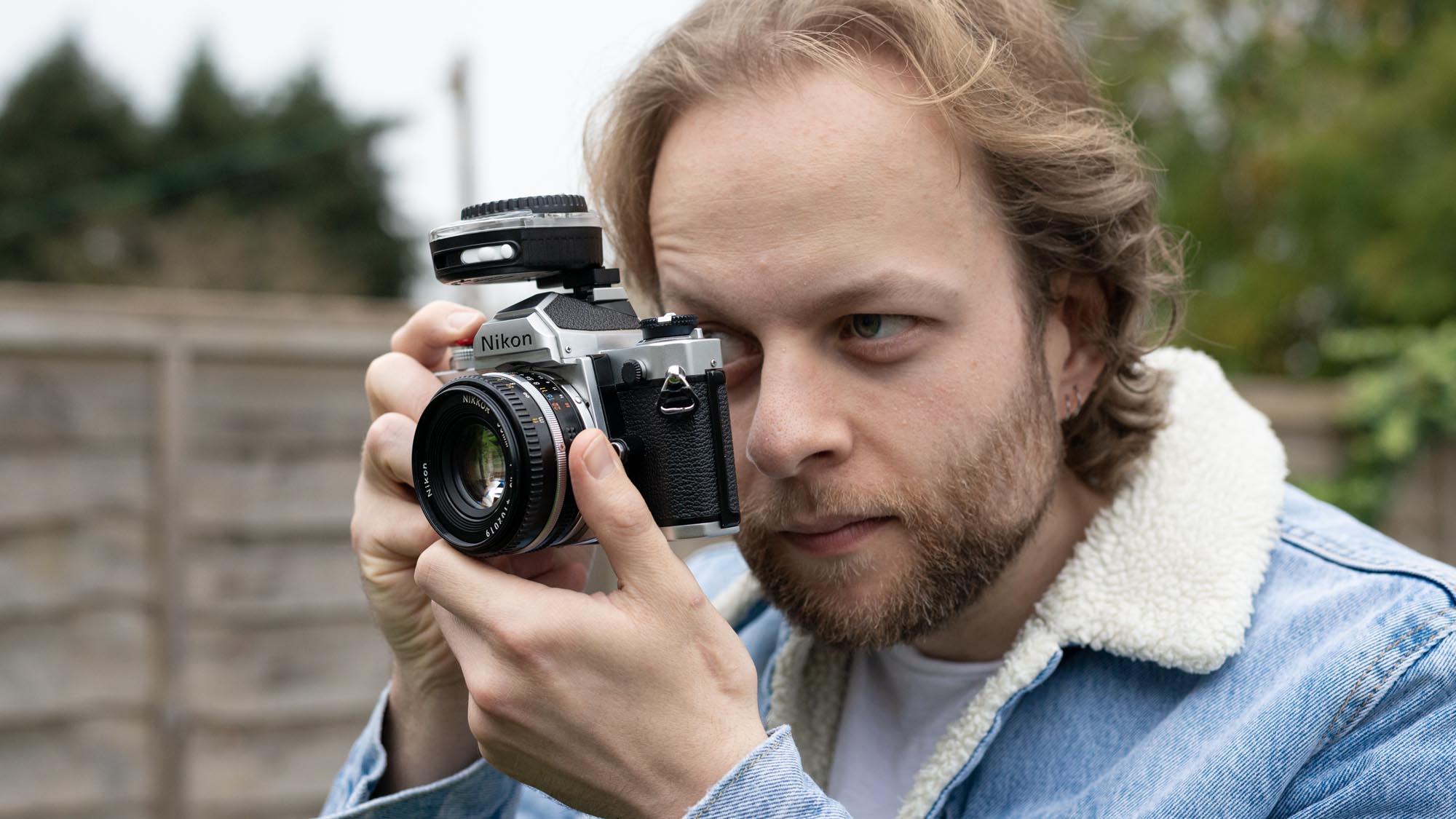
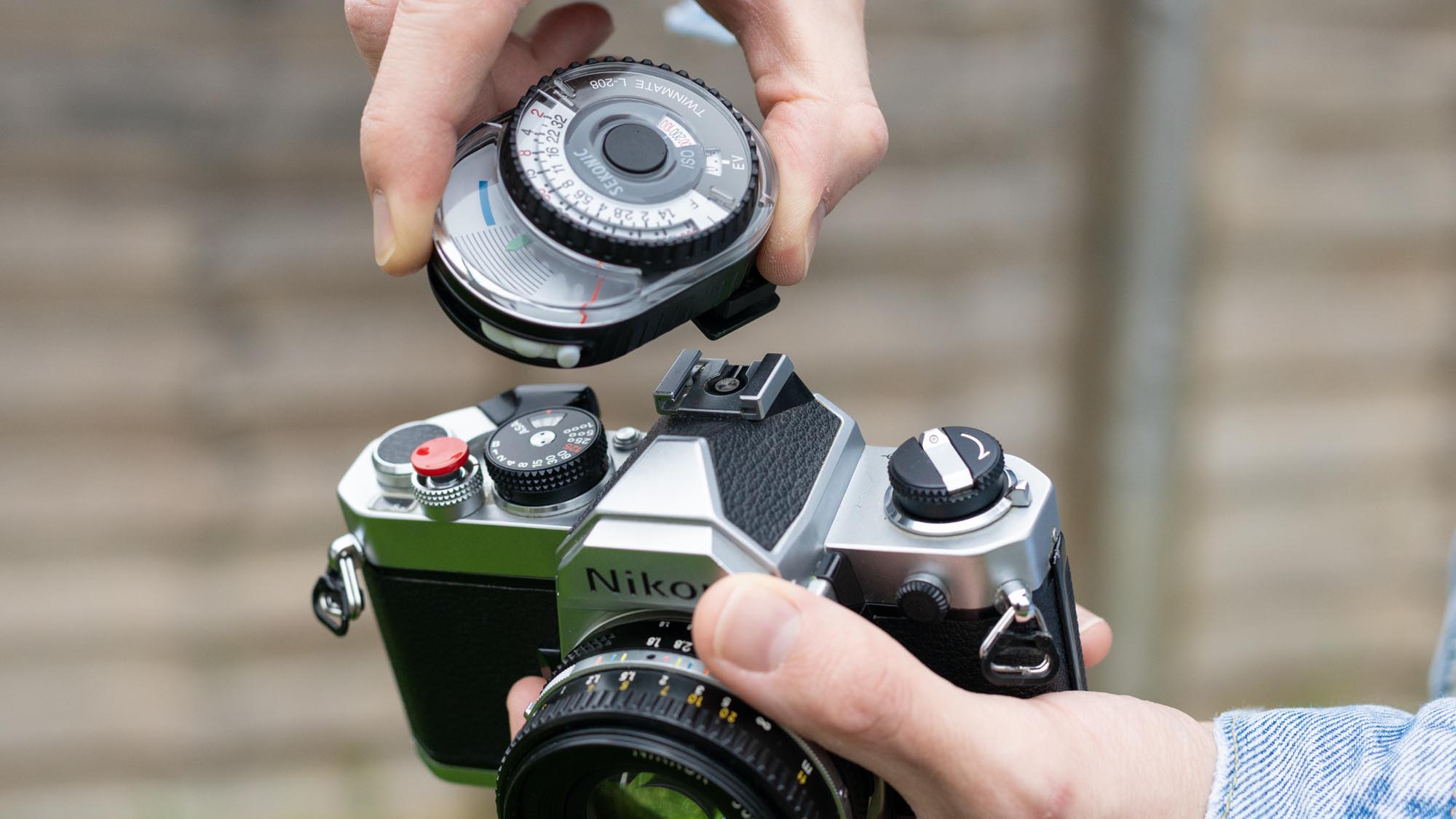
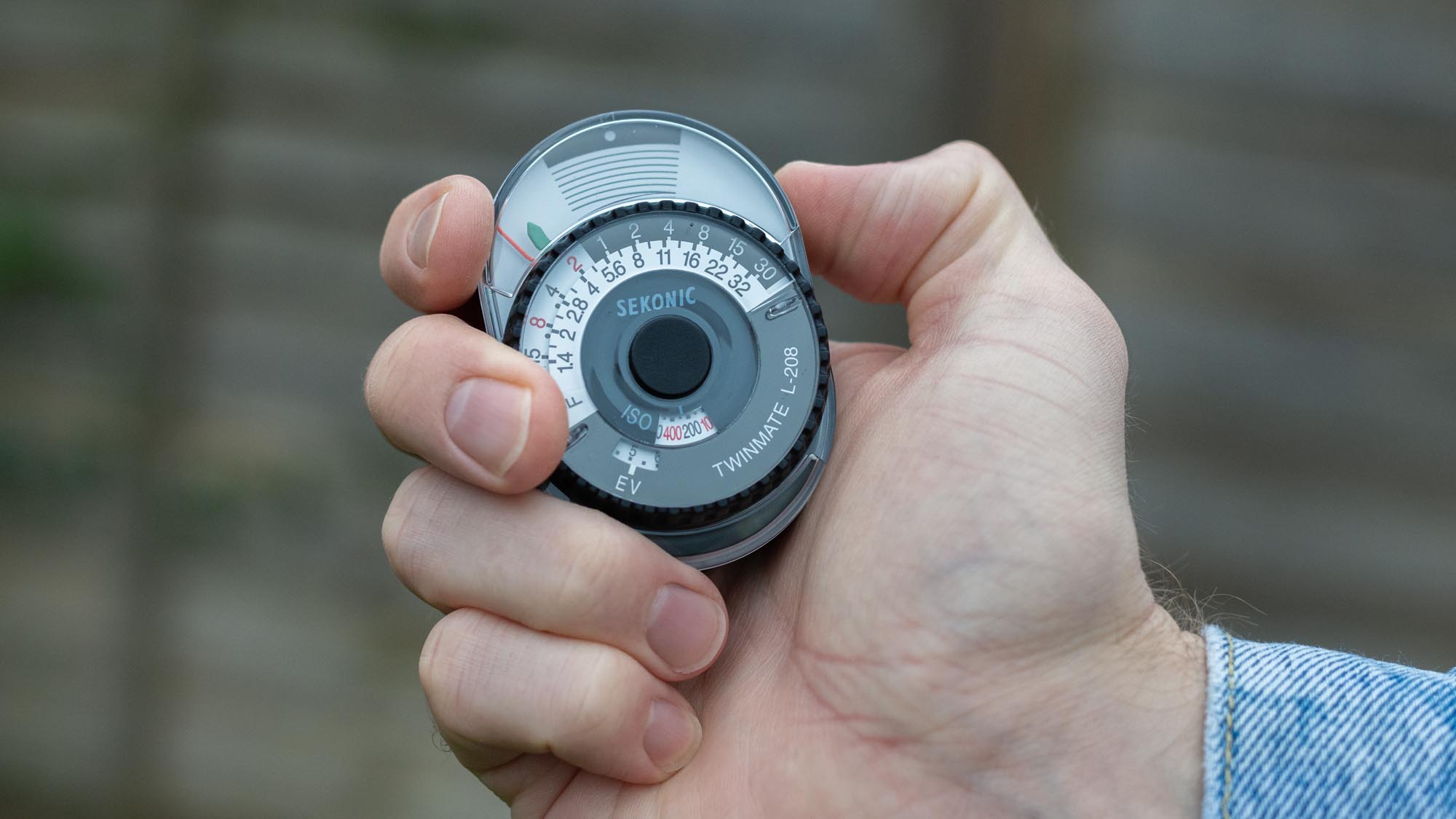
Sekonic Twinmate L-208 light meter: Performance
The Sekonic Twinmate L-208 light meter is able to measure two forms of ambient light, incident and reflected. Incident is the light that’s hitting your subject and reflected (as the name suggests) is the light that’s bouncing off your subject. Incident readings are taken using the Twinmate’s lumisphere, but for reflected light, you need to slide the lumisphere to one side to reveal the light-receiving element beneath. This is a neat function that further enhances the Twinmate’s portability, since you don’t have to carry around and fit any additional attachments, like you do with the Sekonic Studio Deluxe III.
To take an incident reading you need to stand by your subject and point the lumisphere towards your camera (or intended shooting position). To take a reflected reading you simply point the light-receiving element towards your subject from your intended shooting position. If you decide to make use of the Twinmate’s hot-shoe mount, reflected readings would be the way to go.
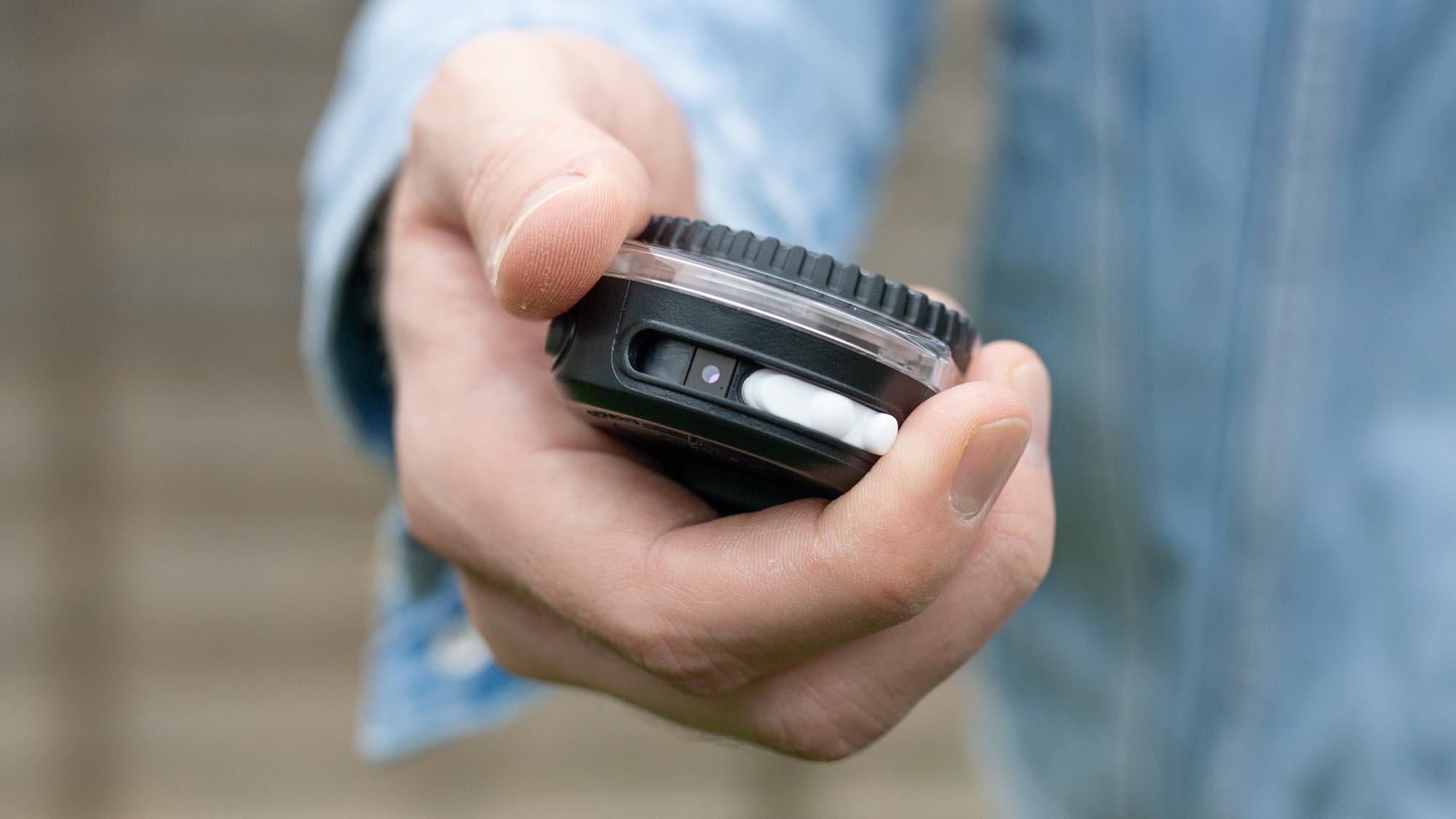
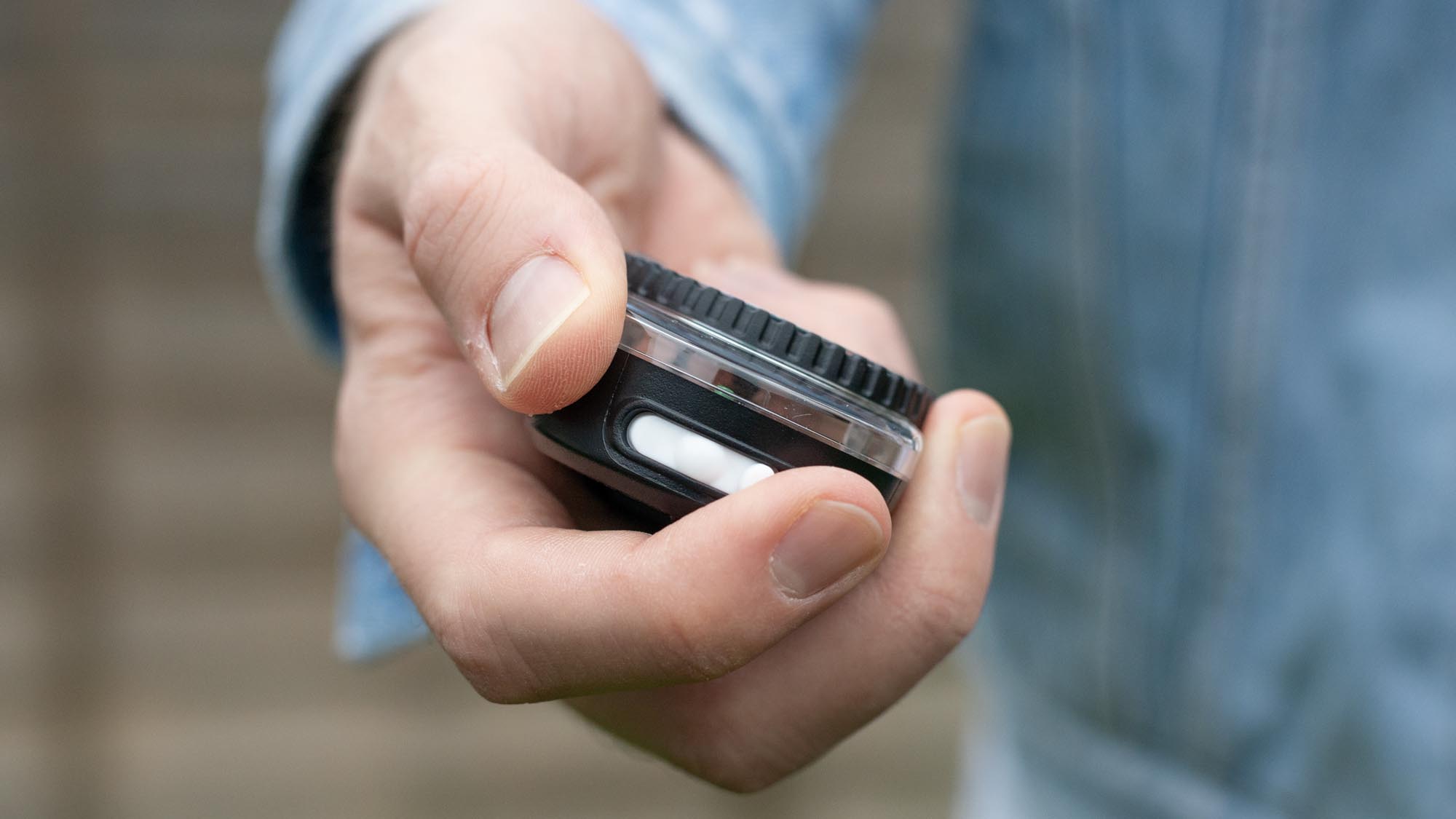
To take a reading you need to first, set your intended ISO, then point the lumisphere or light-receiving element in the required direction and hold the measurement button on the side of the light meter. This will cause the red needle to swing and settle in position. You then have roughly 15 seconds to spin the shutter speed dial until the green needle meets the red one (which I found to be plenty of time). You can then read 10 possible shutter speed and aperture combinations for your chosen ISO that should provide a ‘perfect’ exposure.
Sekonic is known for the accuracy of its light meters and the Twinmate L-208 is no exception. However, the device's small size and tiny lumisphere and light-receiving element didn't always leave me with confidence that I was pointing the device exactly where I wanted it. Still, I found it to be accurate. Although, as with any light meter some user interpretation is needed. It will measure light accurately, but it doesn't know what end result you have in your mind's eye.
I used the device to photograph a pair of guitars with a constant lighting setup and was impressed with the results. An incident meter is a great asset to have in situations like this. Because it measures the volume of light hitting the subject, it’s not affected by the color or reflectiveness of the subject, so you can photograph different items with the same lighting setup and expect consistent results.
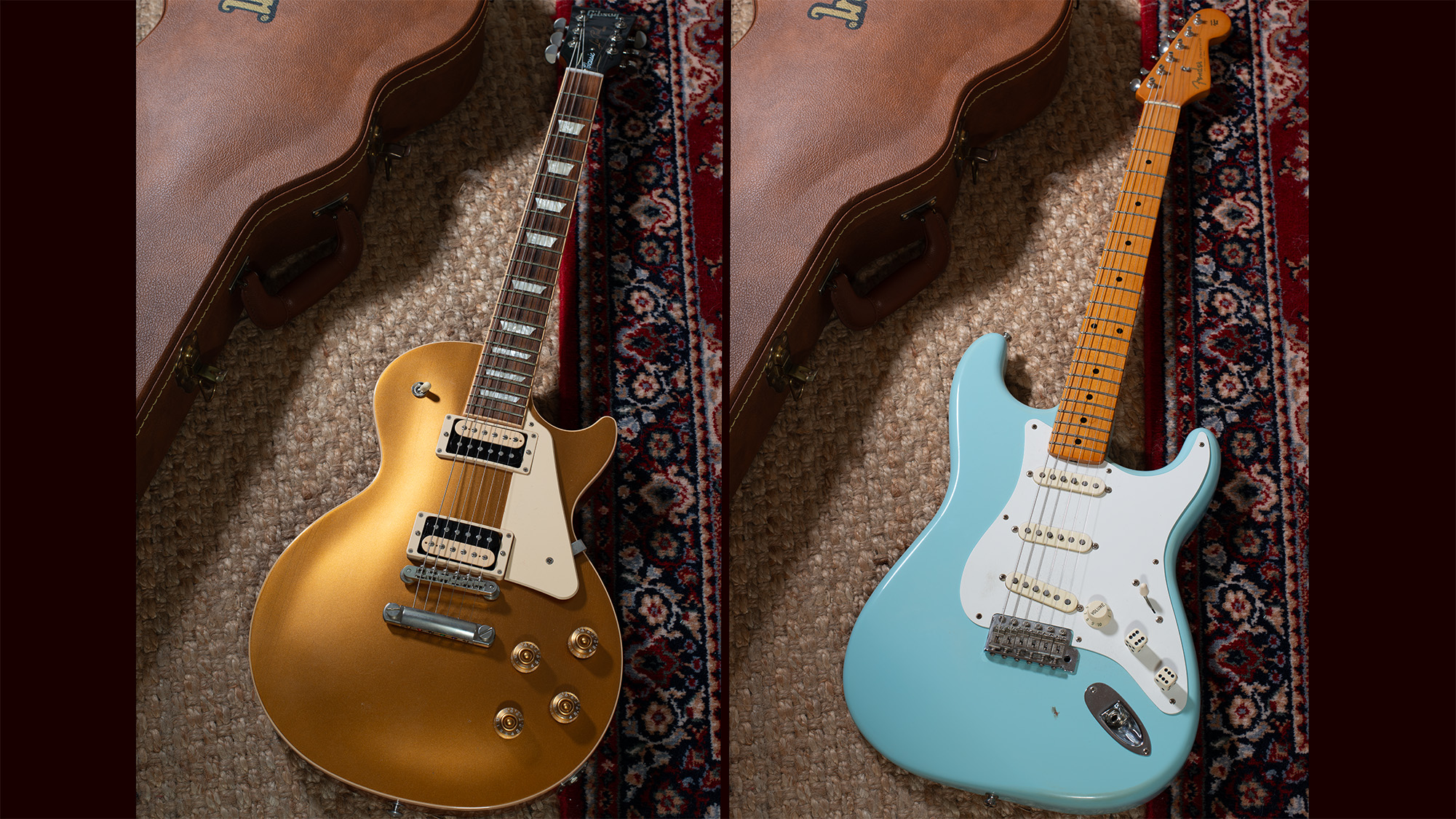
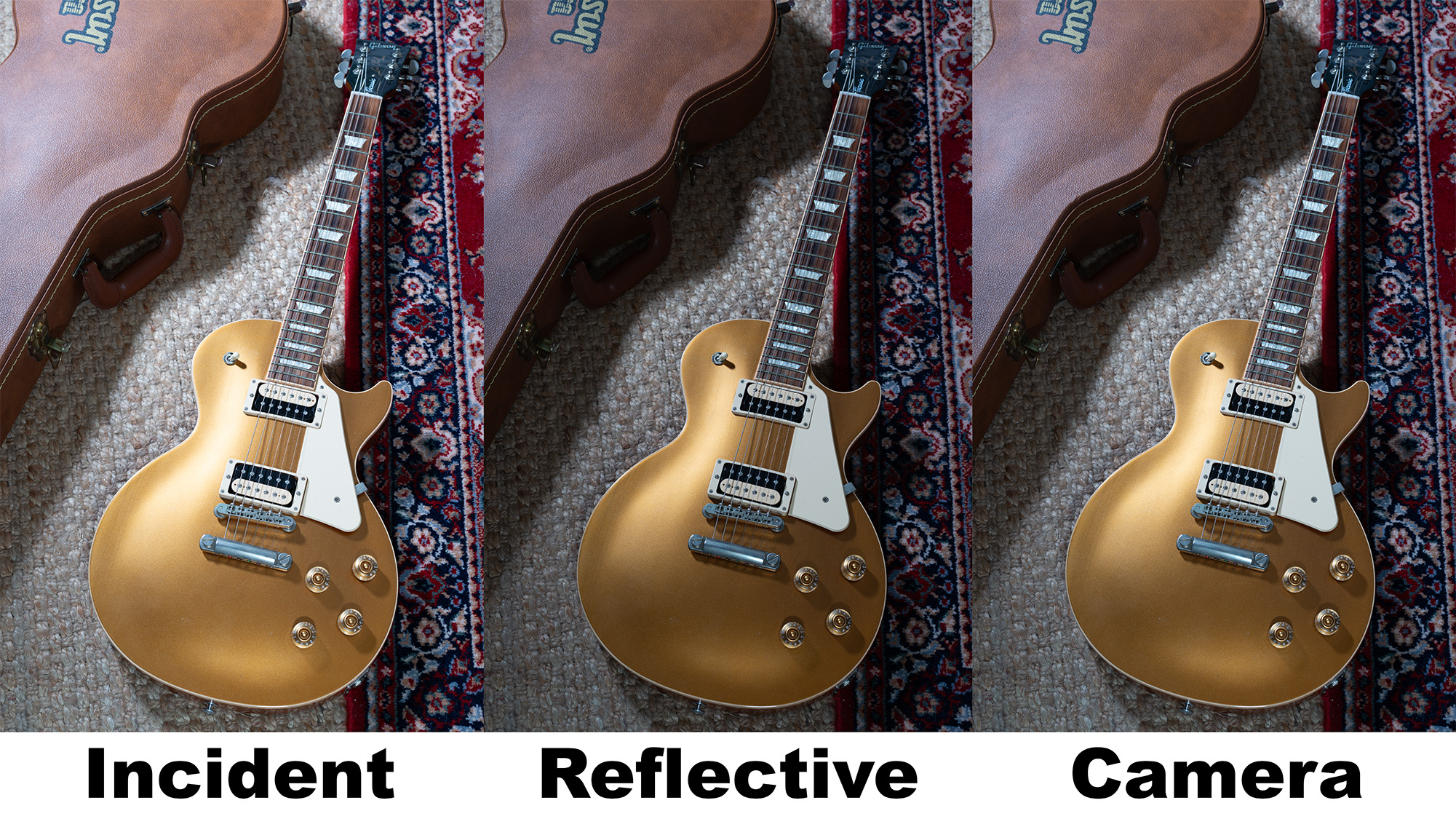
That said, I did find the incident readings harder to master because they do change depending on where you direct the lumisphere. Sekonic tells you to point the lumisphere from the point you want to measure directly at the camera lens, while some photographers prefer to point the lumisphere towards the light source and others opt for a middle ground between the two.
Ultimately – just like your camera's light meter – you will need to spend time getting to know the Sekonic Twinmate L-208, how it operates in various situations and how it meets your own creative expectations before you can be confident of the outcome. If you're buying this light meter for use with a film camera, I strongly recommend learning the ropes using a digital camera first, so you don't end up wasting any of the best 35mm film.
A big plus point, for me, when using the Twinmate L-208 was its simplicity. If you’re looking for a light meter to use with a film camera or for the occasional constant lighting setup, it’ll fit the bill. Bells and whistles are great if you need them, but if you don’t, they can get in the way of the device’s usability. And if that’s a concern, you’ll have no such trouble here.
It’s only a small feature, but I really do like the battery capacity checker button on the back of the device. This gives you peace of mind that power is reaching the device should you end up with a strange reading or two. So you know it’s likely user error, rather than a dead battery. I also like that the measurement button only needs to be tapped to swing the needle accordingly. Some devices require you to hold comparative buttons and it’s easy to forget this and end up with inaccurate readings.
The red needle is also quite wobbly, so you'll want to hold the light meter very still when moving the green pointer. However, if you shake the device (which I don't recommend) it does seem to return to its position, something the more expensive Studio Deluxe III does not.


Sekonic Twinmate L-208 light meter: Verdict
Modern built-in light meters and EVFs have made it much easier to get by without a light meter, but if you’re using a film camera and you don’t trust the built-in meter (if it even has one), then a light meter is an essential that could even save you money if it makes rolls of film go further. The Sekonic Twinmate L-208 is an ideal companion for film photographers because it’s so small and light, you can stow it in your back pocket. It’s also not bogged down with features casual snappers won’t ever use, making it incredibly simple to operate.
It’s a shame the build is plasticky – especially when you’re retro film camera is built like a tank – and the lumisphere is so small you might need to keep tabs on where you’re pointing it. But overall, this is a simple, accurate and portable device that’s all most film photographers will ever need.
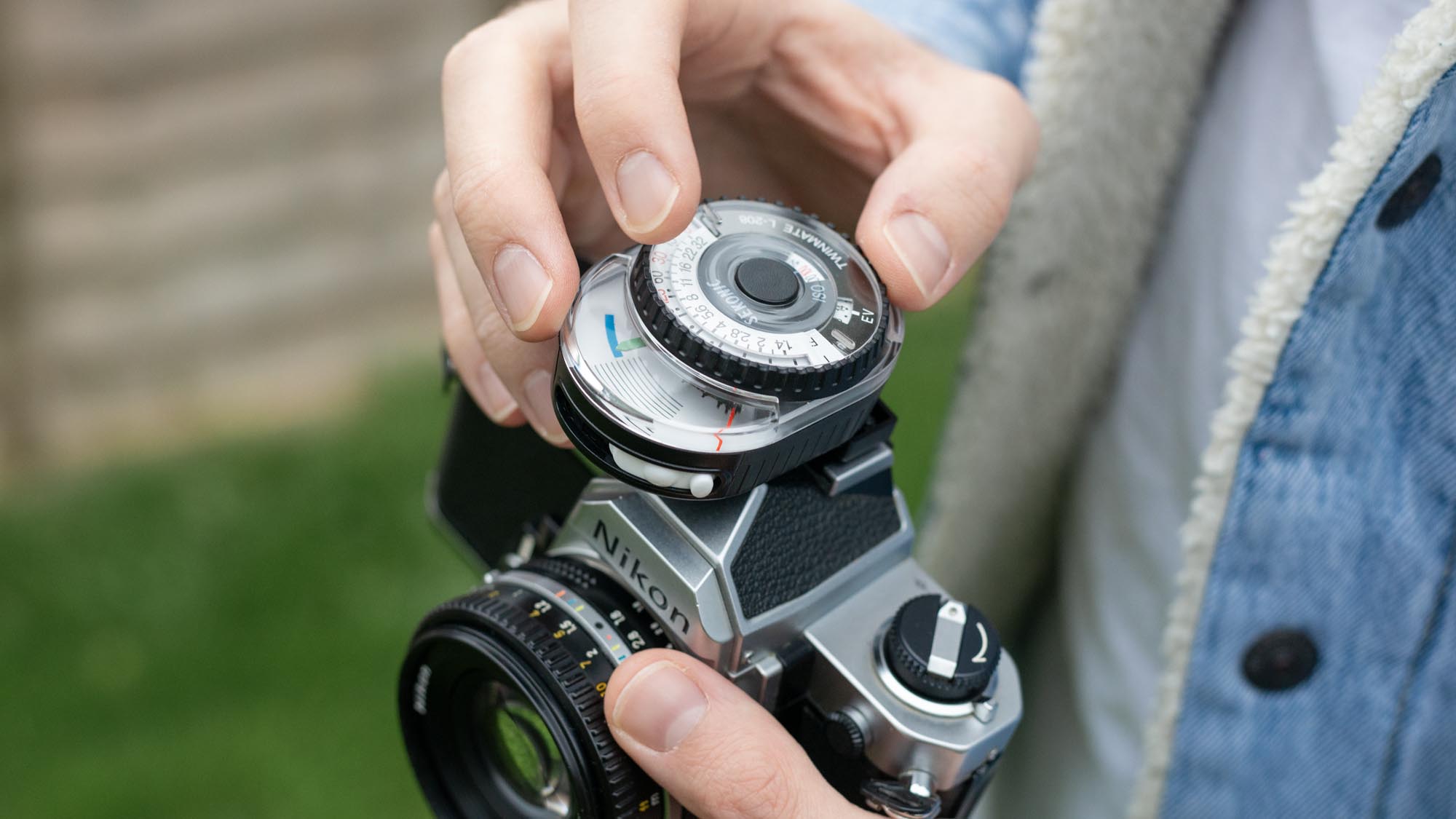
✅ Buy this if...
- Pocketable portability is your number one priority when purchasing a light meter.
- You want a no-frills light meter that's easy to use.
🚫 Don't buy this if...
- You require a light meter that can measure strobe lighting.
- You're looking for the most robust light meter that'll weather years of professional use.







